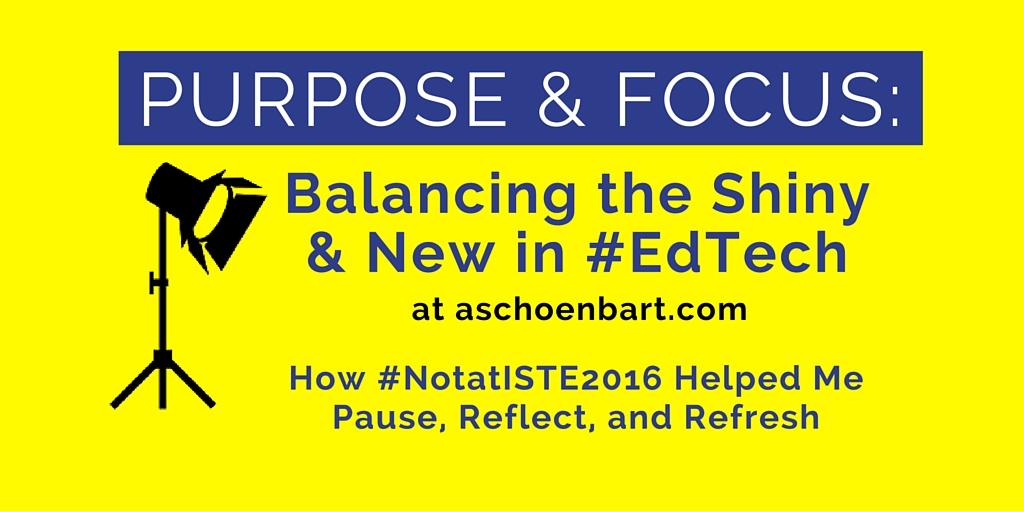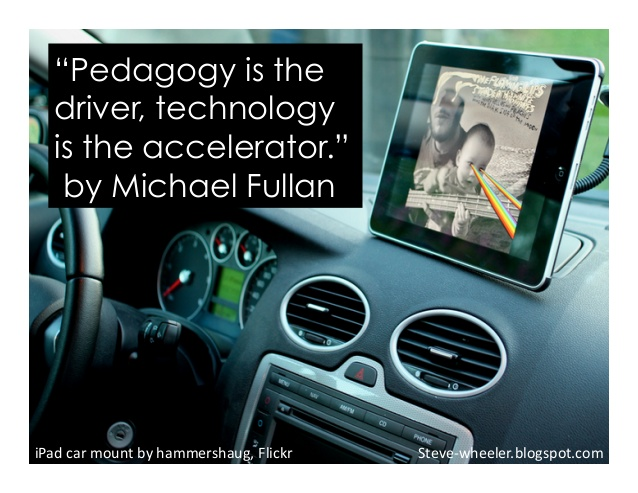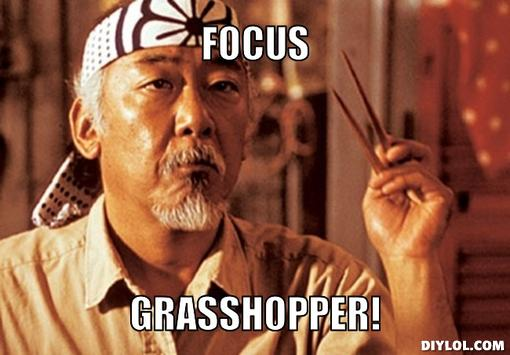Purpose & Focus: Balancing the Shiny & New in #EdTech


It’s the start of my summer vacation. On one hand, work is the last thing that should be on my mind. But on the other hand, this week was #ISTE2016 and #ModelSchools, two conferences that dominated my Twitter feed in the best way. I didn’t even follow the hashtags specifically, but because so many of the people I follow were involved in these events, I lived vicariously through social media.
And at first, I loved it. I was sad not to attend, but the ability to hop on Twitter or even Facebook this week and to spend as much time as I wanted scrolling, clicking, and retweeting was oddly relaxing at first. I saw so much great content: announcements from edtech companies, connections between my #PLN, and so much networking, collaboration, and learning. I was (and still am) jealous of the attendees of these great events.
But then, my brain started to hurt. I’m all for summer learning (I even wrote all about My Summer of Learning), but I was quickly overwhelmed from hundreds of miles away. Every time I refreshed, there were dozens of new Tweets, pictures, and ideas to learn from--my mind was racing a mile a minute, and was soon on overload. To all of you that attended, I wonder how you can relate to and overcame the sensation.
I needed a break to pause, relax, and unplug, but this soon turned into an opportunity for unconscious reflection. My realization was no surprise but is still an important reminder: It’s easy to get overwhelmed by the world of connected education, social media, and educational technology. As technology connects us in new ways and allows us to learn like never before, it’s hard not to get caught in the trap of the shiny and the new sometimes. And even when can, there’s just so much good out there, too.
Start With Why
For me, this was a reminder to revisit my why. In Start With Why, Simon Sinek argues that “People don't buy what you do; they buy why you do it. And what you do simply proves what you believe. ” He also writes, “All organizations start with WHY, but only the great ones keep their WHY clear year after year.”
Technology is the what and the how but never the why. It’s a tool that can have tremendous impact on teaching, learning, and relationships but needs to be used with purpose.
With all of this in mind, here’s my reminder to myself and my advice to anyone struggling to find the balance: always put learning and students first. It seems so obvious, but with the bureaucracy and constant new in education, it’s also easy to be distracted from.
Thanks, Steve Wheeler, for creating this image at steve-wheeler.blogspot.com.
Tools and ideas to transform education. Sign up below.

Focus, Grasshopper
For me, this means deciding what’s important to my beliefs about education and finding the rights tools to support that vision. For example, last year I wrote about 5 Big Shifts for My Classroom in 2015. One of those shifts was creation: I wanted students to actively create learning experiences and products. I believe that this creation can transform learning, empowering learners with choice and creativity, and developing essential skills through our English class. It’s a big idea, so the instructional shifts and tech tools I chose this year needed to support it and help make it concrete. We used tools like WeVideo, YouTube, Blogger, and Piktochart to film, create, collaborate, and share in new ways.
Meme from diylol.com

It’s important to always be looking to learn and grow, and conferences like #ISTE2016 and #ModelSchools or Twitter and social media are incredible places to do it. But it’s just as important to be able to hit pause, reflect, and focus so that you’re not blinded by the shiny and new and are able to focus this innovation and technology on students and learning.
Once again, this summer I will reflect on and reconsider what I believe about how my students learn and how to best prepare them for the future. Then, I will try to find the best tools and strategies to support these shifts to benefit all learners.
Of course, I’ll write about them here, too, and I hope to keep these reflections in mind as I rethink my shifts for next school year.
Are you overwhelmed by #edtech? Social media? Conference culture? How do you make sense of your learning and overcome the distraction of the shiny and new? Share your ideas in the comments or on Twitter @MrSchoenbart!
cross posted at www.aschoenbart.com
Adam Schoenbart is a high school English teacher, Google Education Trainer, and EdD candidate in Educational Leadership. He teaches grades 10-12 in a 1:1 Chromebook classroom at Ossining High School in Westchester County, NY and received the 2014 LHRIC Teacher Pioneer Award for innovative uses of technology that change teaching and learning. Read more at The SchoenBlog and connect on Twitter @MrSchoenbart.
